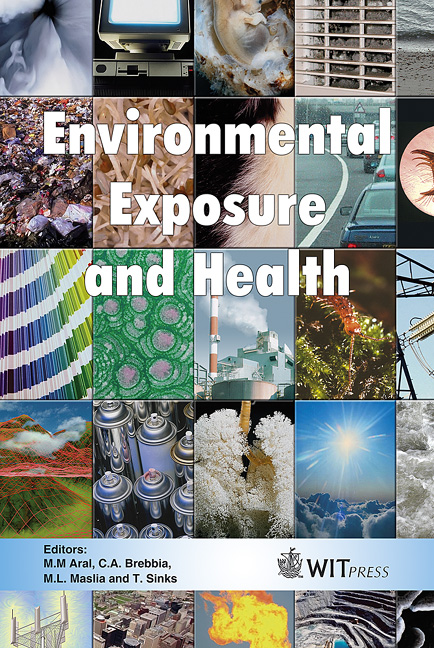Removal Of Emerging Trace Contaminants By Nanofiltration Membranes
Price
Free (open access)
Transaction
Volume
85
Pages
9
Published
2005
Size
335 kb
Paper DOI
10.2495/EEH050141
Copyright
WIT Press
Author(s)
A. Shah, E. McCallum, H. Hyung, C.-H. Huang & J.-H. Kim
Abstract
This study addresses the possibility for nanofiltration (NF) membrane processes to remove low levels of selected antibiotics and natural hormones from wastewaters and surface waters given changing water quality parameters such as pH and presence of natural organic matter (NOM). Preliminary experimental results suggest that adsorption of antibiotics onto the membrane surface is negligible. However, removal is greatly affected by changes in pH due to changes in electrostatic repulsion between charged antibiotics and membrane surfaces. On the contrary, the NF membranes showed a significant level of adsorption of 17β-estradiol (E2) during the initial stage of filtration. The adsorbed E2 was easily desorbed when the feed solution was replaced with clean reagent water. The level of hormone rejection was higher at increased pressure and recovery. 1 Introduction Hormones and antibiotics are groups of emerging contaminants that have been detected at low concentrations in drinking water sources influenced by domestic wastewater effluents [1-4]. Although concentrations of hormones in surface waters are typically less than several ng/L, hormones have a much higher endocrine disrupting potency than most other endocrine disrupting compounds (EDCs) such as pesticides that are present at higher concentrations [1, 5]. In addition, low levels of antibiotics in the environment may promote bacterial resistance as well as trigger long-term adverse health effects in humans [6, 7]. Because conventional treatment processes are ineffective at removing these trace contaminants, recent studies have suggested pressure-driven membrane processes such as nanofiltration (NF) as a promising alternative.
Keywords




